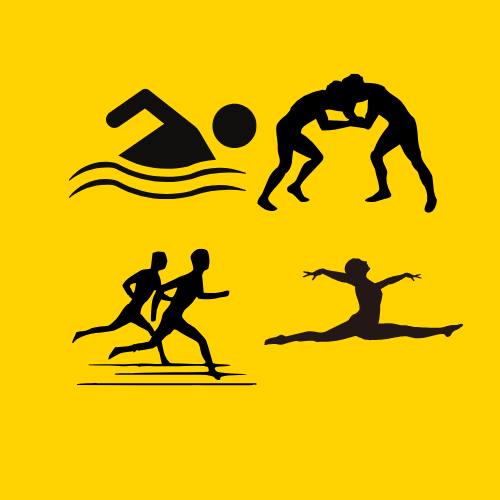
Mastering the 1:30/100m Challenge in Swimming
Breaking the 1:30 barrier in the 100-meter freestyle is not just a goal; it's a rite of passage for swimmers looking to elevate their competitive edge. Achieving this requires a mosaic of technique, strength, endurance, and mental grit. In this guide, we're diving into the intricacies of stroke analysis that will help swimmers of all levels hone their skills and make that elusive time a reality.
The Art of Stroke Technique
Swimming isn’t just about moving through water; it’s about doing so as efficiently as possible. Understanding and perfecting your stroke is crucial. Key elements to focus on include body position, arm mechanics, and kick efficiency.
First, let’s talk about body position. Keeping a streamlined body reduces drag and helps maintain speed. Swimmers should focus on keeping their head down, hips high, and legs straight. An investment in a coach or video analysis can help identify areas for improvement, even in advanced competitors.
Next are the arms: powerful strokes that aren't just fast but also strategic. Your peak stroke should be efficient—a mix of power and finesse. Pay attention to your hand entry and exit; the entry should slice through the water, while the exit should maintain momentum. Remember, it’s not just about the number of strokes but the quality of each stroke that counts.
And then there's the kick. A strong flutter kick provides essential propulsion. Many swimmers unknowingly splash and waste energy. Instead, focus on minimizing splashing by keeping your kick tight and compact.
The Importance of Endurance and Speed Work
Once stroke technique is on point, the next step focuses on endurance and speed. Swimmers aiming to break 1:30 need to build a blend of anaerobic endurance and sprint capacity. This is where interval training comes into play.
Incorporate sets that include distances similar to race lengths, all while varying speeds. For instance, short sprints of 25 meters followed by various rest intervals can teach you how to recover quickly while maintaining high performance.
Aside from in-water work, strength training should not be overlooked. Exercises that target core strength, leg power, and upper body conditioning will ensure versatility and resilience during races.
Mindset: The Key to Competitive Swimming
Physical preparation is essential, but mindset can set you apart from opponents. Competitive swimming is as much a mental game as it is physical. Swimmers often face pressures that can diminish motivation and confidence.
Visualization techniques can help in this arena. Before heading into the pool, spend a few minutes imagining successful races. Picture every detail from the start to the finish and the sensations you want to feel. This mental training can translate into real confidence once the race day arrives.
Common Mistakes Swimmers Make
As swimmers pursue the goal of breaking 1:30, it’s crucial to acknowledge common pitfalls. For instance, many neglect the importance of pacing in training. Going all out too soon in the race can lead to burnout.
Another issue? Missing the nutrition aspect. Dry land strength training must be complemented with proper nutrition; fueling your body effectively can significantly affect performance.
Conclusion and Call to Action
Breaking the 1:30 barrier in the 100m freestyle is a thrilling journey loaded with challenges—but it's also immensely rewarding. Remember that this endeavor involves continuous refinement of your stroke, enduring practice, and the right mindset. As you strive for personal bests, consider joining a local swimming club or finding an online community. These spaces foster shared insights and can catapult your progress. Grab that stopwatch and dive into your training!
 Add Row
Add Row  Add
Add 




Write A Comment